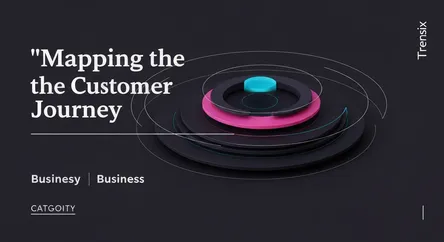Business
Mapping the Customer Journey

Discover the customer journey, the complete path a customer takes with a company. Learn why mapping this path is crucial for startup success.
What is it?
The customer journey is the complete story of a customer's relationship with a company. It encompasses every interaction, or 'touchpoint,' from initial awareness to post-purchase loyalty and advocacy. Far more than a single transaction, it's a holistic view of the customer experience across multiple channels like social media, websites, and in-person contact. Key stages typically include Awareness, when a potential customer first learns of the brand; Consideration, as they evaluate options; Purchase, the actual transaction; Retention, where the business focuses on repeat custom; and Advocacy, when a satisfied customer becomes a brand promoter.
Why is it trending?
In today's saturated markets, customer experience is a key differentiator, and startups are leveraging this. Mapping the customer journey is trending because it allows businesses to step into their customers' shoes. This empathetic approach helps identify pain points, moments of delight, and opportunities for improvement. For startups with limited resources, understanding the most critical touchpoints ensures they can focus their efforts effectively. The rise of data analytics and CRM software has also made it easier than ever to track, visualize, and optimize these journeys, moving from guesswork to data-driven strategy.
How does it affect people?
For customers, a well-designed journey feels intuitive, personalized, and seamless. It removes friction, answers questions proactively, and builds trust, leading to higher satisfaction and loyalty. For startups, understanding this path is fundamental to growth. It directly impacts marketing effectiveness by showing where and how to reach potential customers. It improves product development by highlighting user frustrations and needs. Ultimately, a deep understanding of the customer journey allows a startup to build stronger relationships, reduce churn, increase customer lifetime value, and create a loyal base of advocates who drive organic growth.